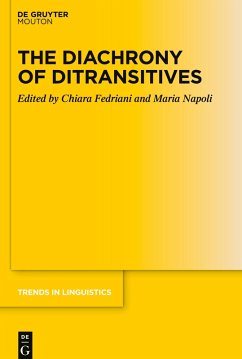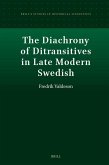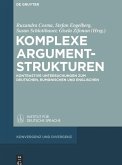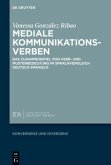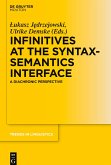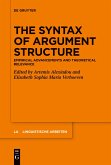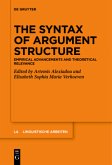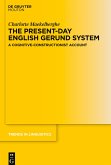While ample studies exist on ditransitives in various languages, notably from a typological perspective, more work needs to be done on identifying the main processes and factors that trigger and constrain the changes they undergo over time. The goal of this volume is to help fill this gap by bringing together data and information on individual languages that have thus far been left out of the discussion and by expanding our knowledge of already studied linguistic traditions so as to achieve a broader diachronic description. Since one of the distinctive features of ditransitives is their synchronic variability in terms of structural alternation and alignment split, diachronic research can throw up new insights into developmental dynamics that are eminently complementary; namely, on the one hand, the emergence, development and loss of construction alternation and, on the other, the acquisition of new functions over time. The analyses offered in the book yield different and interconnected answers to the general question of how ditransitives change by drawing on different functional principles that play a role in the diachronic reorganization of this dynamic domain and by providing a number of original theoretical suggestions.
Hinweis: Dieser Artikel kann nur an eine deutsche Lieferadresse ausgeliefert werden.
Hinweis: Dieser Artikel kann nur an eine deutsche Lieferadresse ausgeliefert werden.

